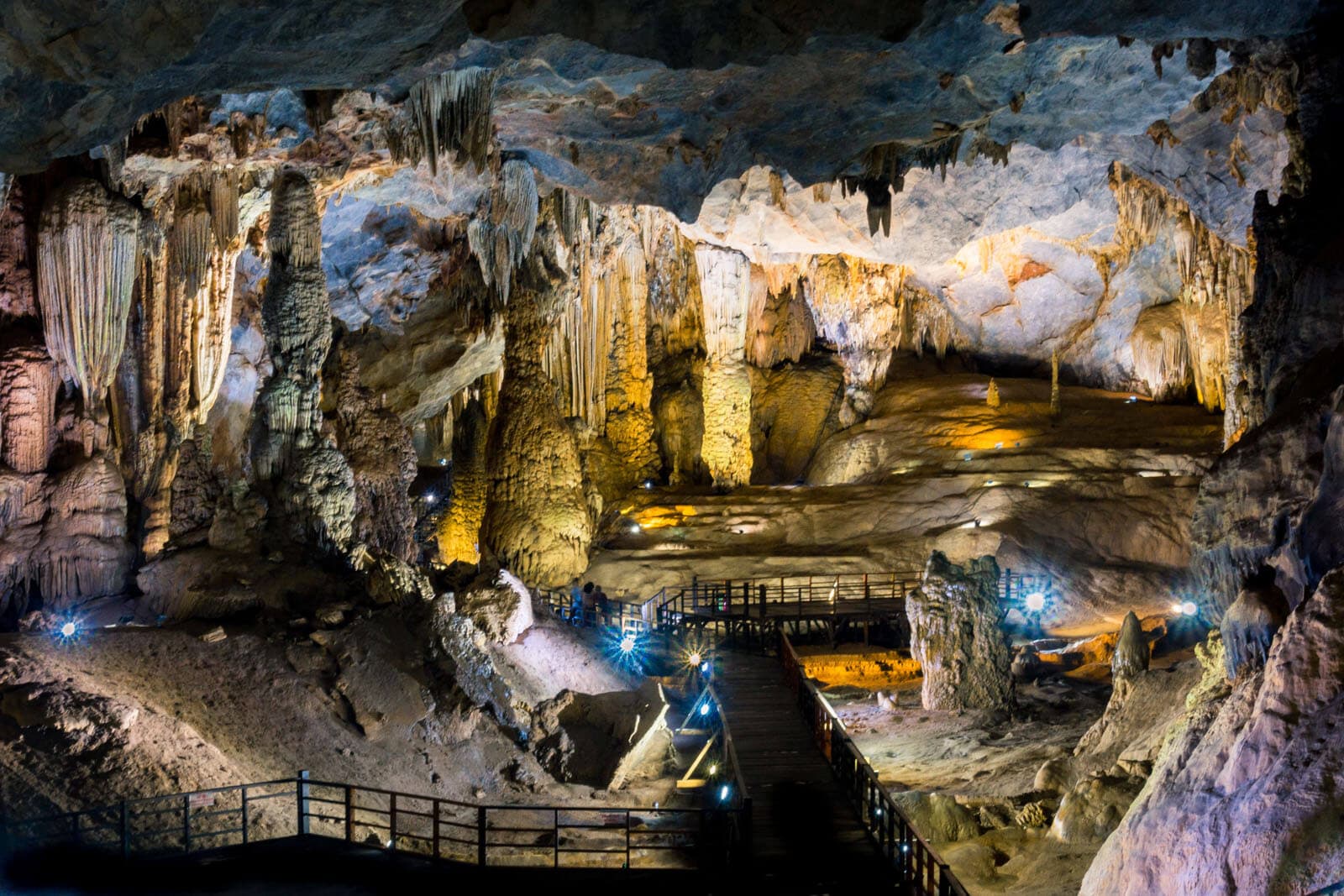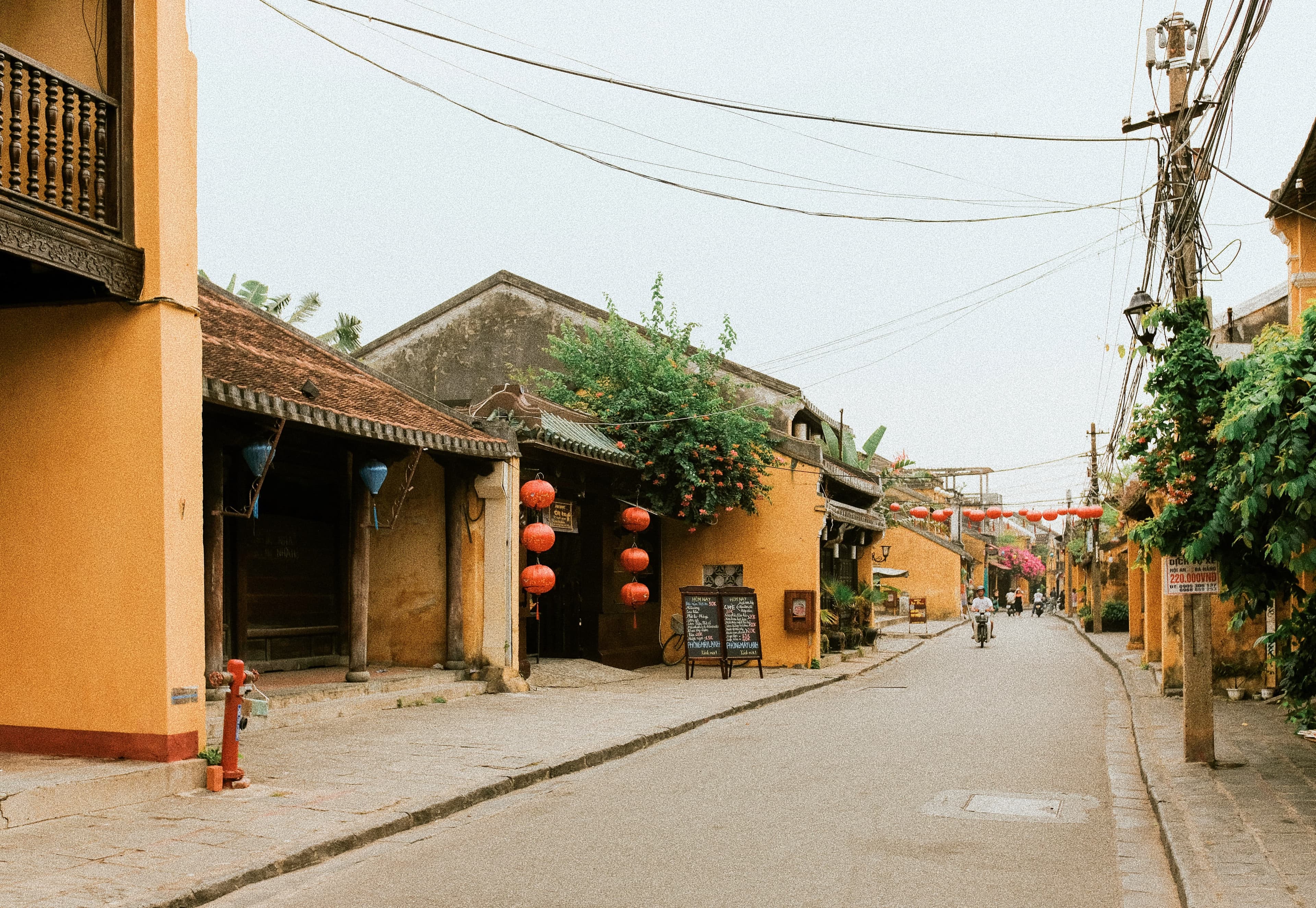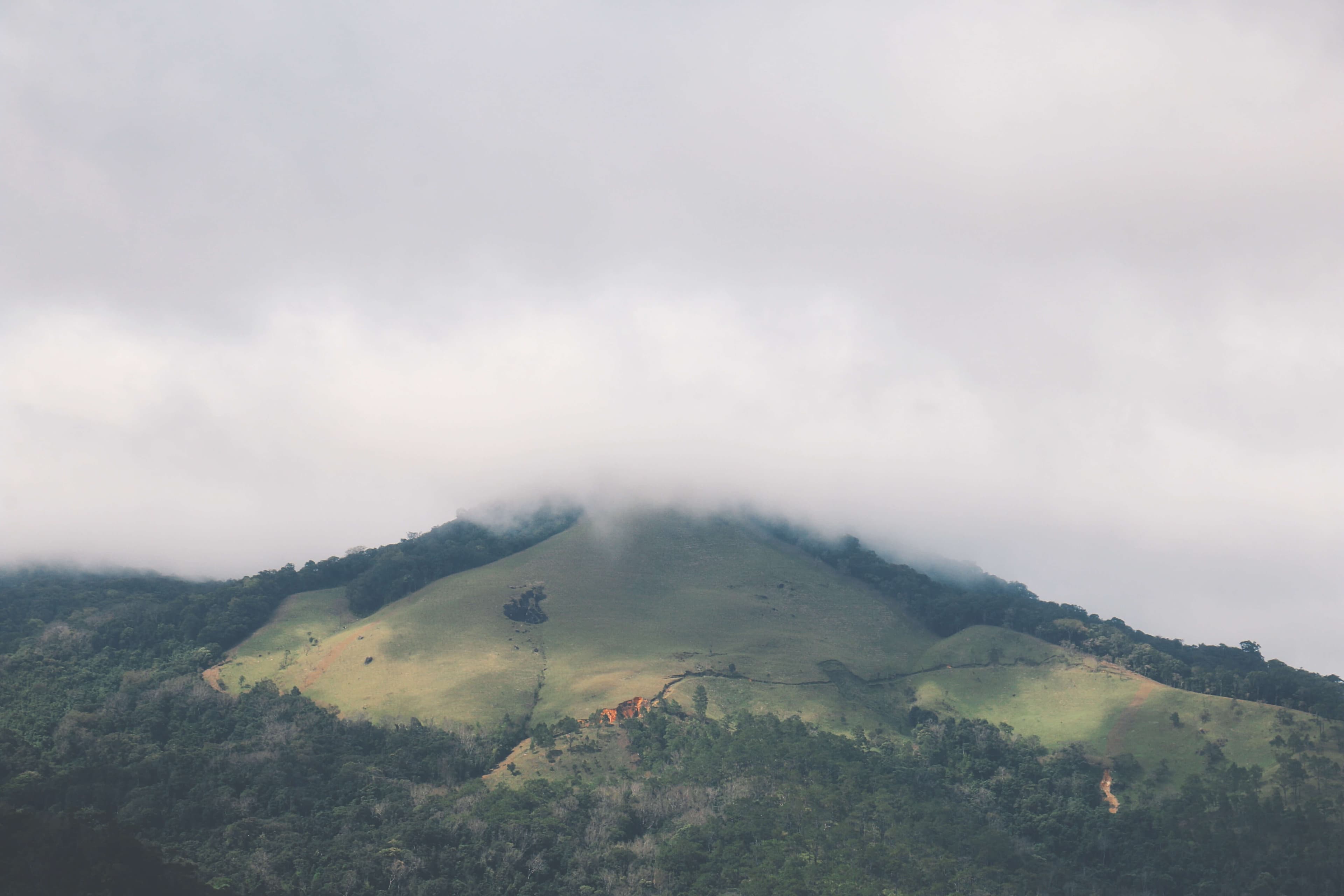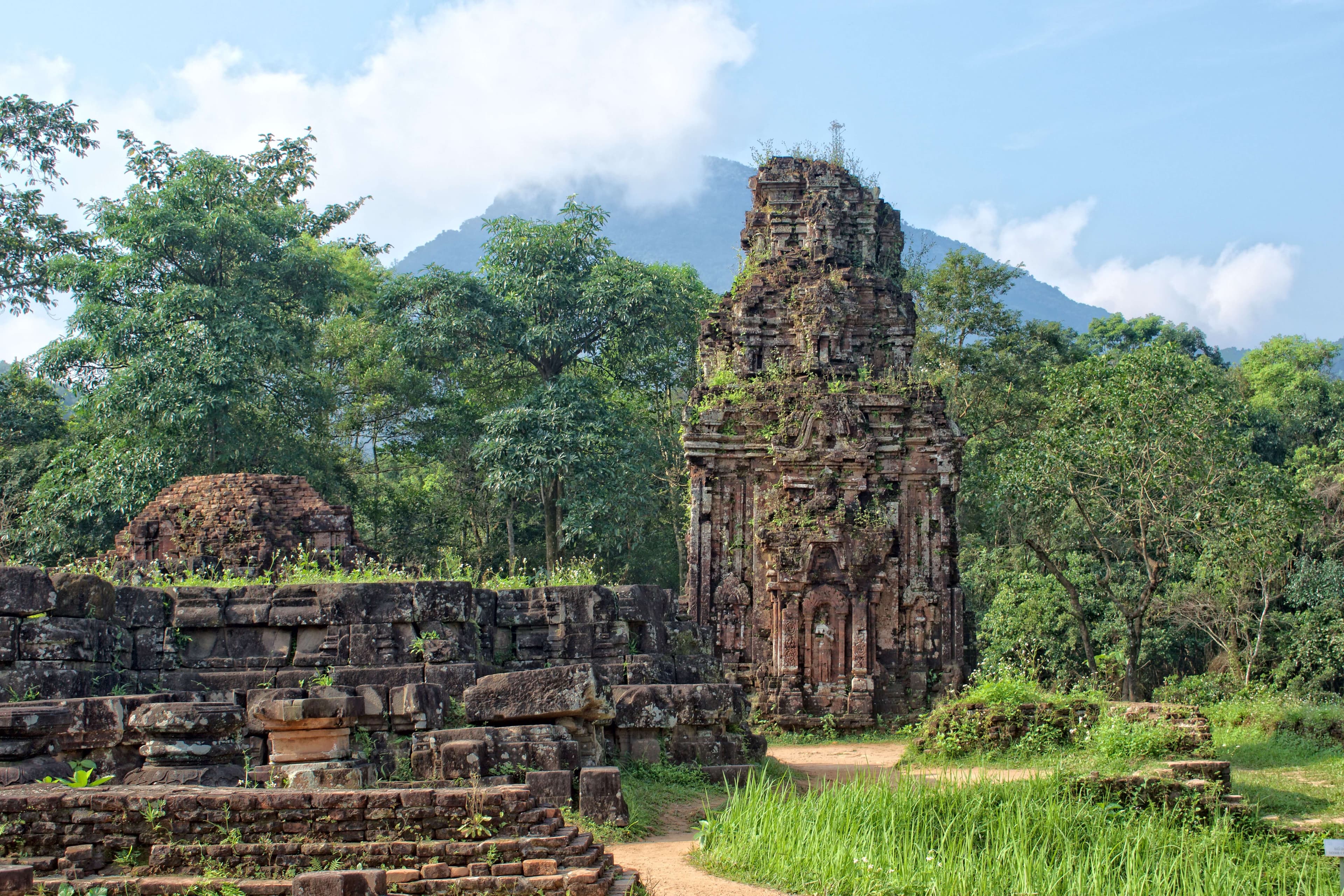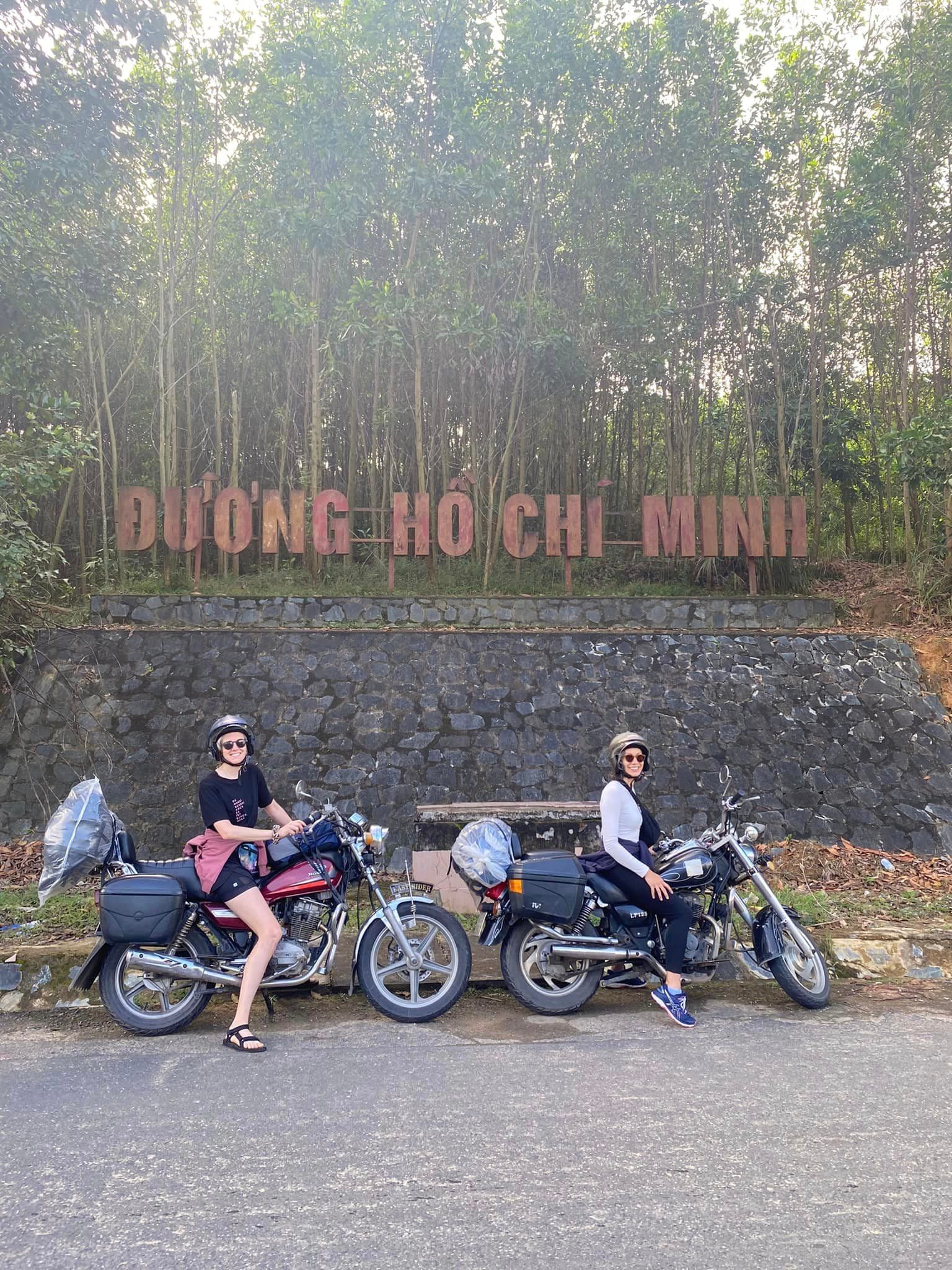Paradise Cave - Viet Nam
Located in the Phong Nha-Ke Bang National Park in the Quang Binh province of Vietnam, Paradise Cave is a natural wonder that offers visitors an otherworldly experience. The cave is part of a network of over 300 caves in the national park, and it is considered one of the most spectacular limestone caves in the world.
Measuring 31 kilometers long, Paradise Cave is a vast underground network of limestone rock formations, with subterranean rivers, and towering limestone pillars that reach up to 80 meters in height. The cave was discovered in 2005 by a local farmer and was opened to the public in 2011. The cave features a well-lit, paved walkway that leads visitors through the cave's most spectacular areas, including the 'royal court', a section of the cave that is filled with towering limestone pillars. The cave's lighting system has been specifically designed to highlight the natural beauty of the cave, which is home to an array of unique cave-dwelling creatures.
The cave is open year-round, although the best time to visit is during the dry season, between September and November. Visitors should wear comfortable shoes and bring a light jacket, as the cave's temperature is a constant 17-22°C (62-71°F). Guided tours are available, which are lead by well-trained tour guides who will provide visitors with detailed information about the cave's history, geology, and ecology.
The cave's formation is believed to have begun around 400 million years ago, during the Palaeozoic era. The limestone that makes up the cave was formed on the seafloor during this period. The cave's current location was originally under the ocean, and the sediment that would become limestone was deposited on the sea floor and gradually turned into rock over time. After that, the process of karstification happened, it's a geological process that happen over thousands of years, where the dissolution of limestone by water creates underground drainage systems and caves. It’s a slow and ongoing process, which can still be observed today, erosion and weathering from water, wind and temperature changes continue to shape and change the cave's formations. As the cave was formed underground, it was isolated from the outside environment, this helped to preserve the cave's delicate ecosystem and its unique cave-dwelling creatures. This also means that the cave is not altered or influenced by human activity.
Paradise Cave is not only a natural wonder but also a must-see destination for any traveler visiting Vietnam. The cave's unique and spectacular beauty, along with its rich history make it a one-of-a-kind experience that visitors will never forget.
Support 24/7
Phone:
Mail:
Facebook:
Mail:
Facebook:
Top Tour
